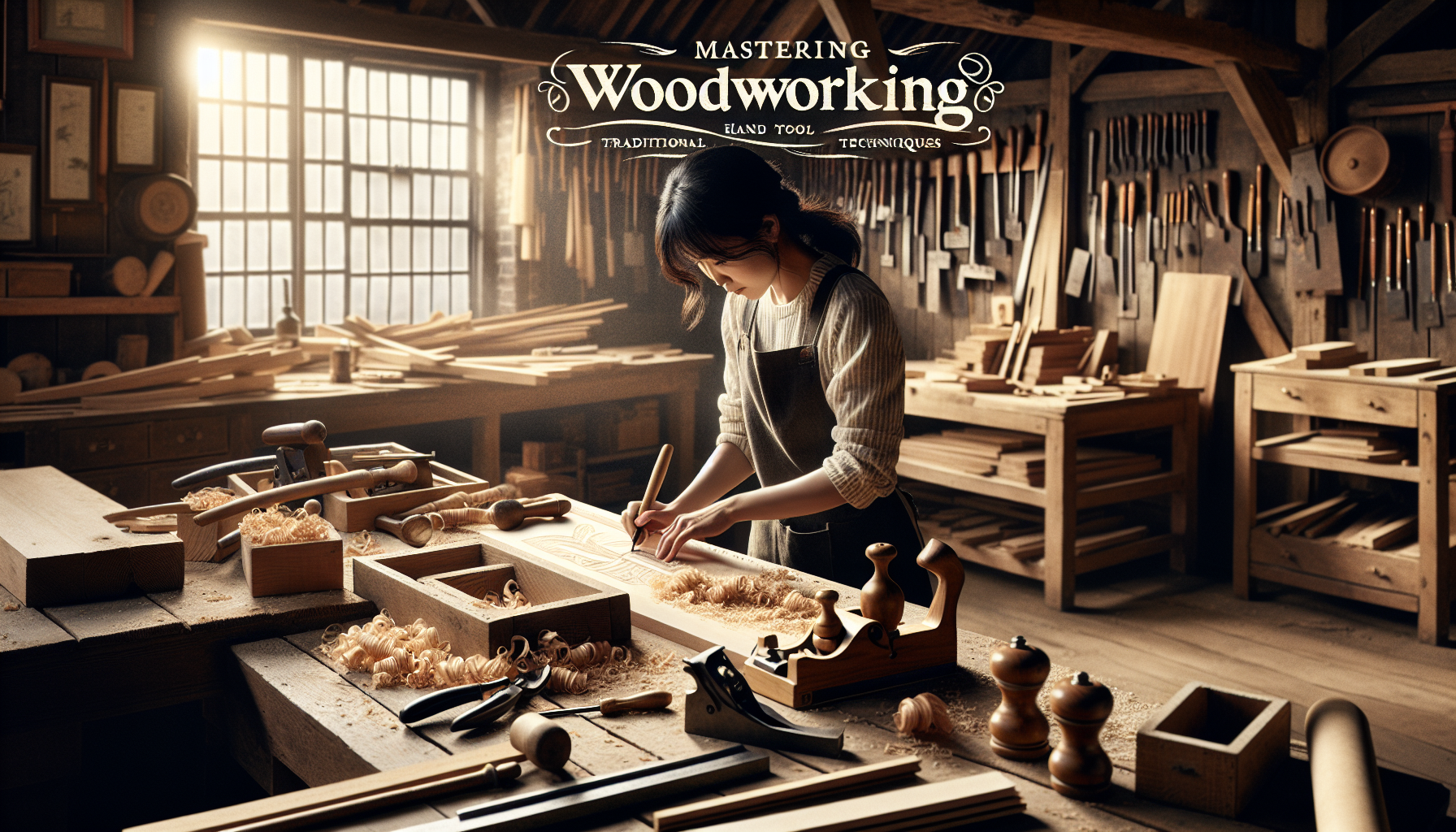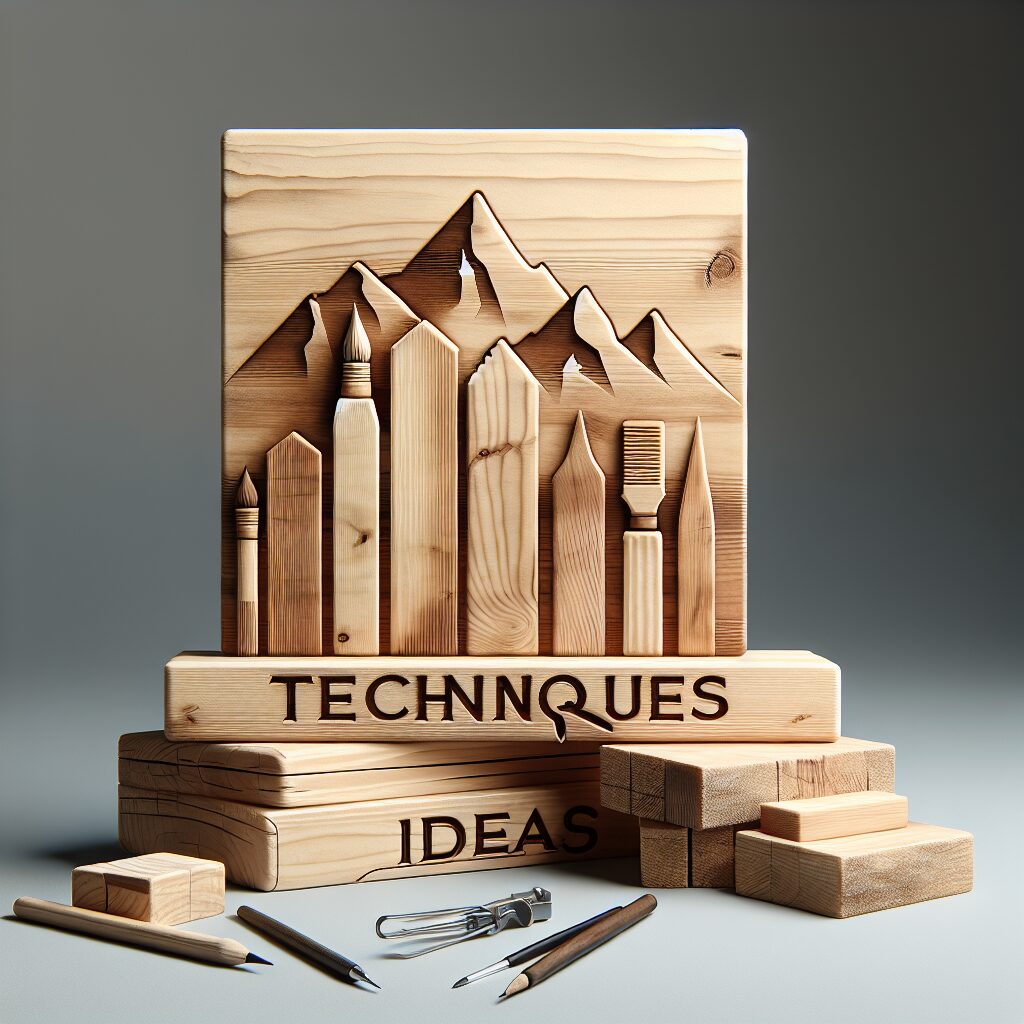In the world of instant gratification, mastering traditional skills like woodworking might seem like a bygone era. However, these skills have stood the test of time because of their practicality and the sheer beauty of craftsmanship they yield. Learn this art the old-fashioned way, using hand tools, to garner appreciation for the craft and develop a profound sense of achievement.
The Elegance of Hand Tools
Unlike power tools, hand tools provide an intimate connection between the craftsman and his craft. The usage of hand tools instills a sense of control and precision in your work. Whether you’re carving intricate patterns with a chisel or shaping timber with a hand plane, you have the power to manipulate the wood exactly the way you want.
Hand tool woodworking is a quiet and mindful practice, perfect for those seeking a tranquil hobby. The rhythm of a handsaw, the whittling of a spoke shave, or the gentle tapping of a chisel and mallet, can provide a soothing background beat in your workshop, making it an excellent form of relaxation.
Lastly, using hand tools enables you to understand wood. As you tailor your efforts to accommodate the unique qualities of different wood supplies, you develop a profound appreciation for the natural material. Learn more about different types of wood from our post on common hardwoods and softwoods.
The Essential Woodworking Hand Tools
In your journey to master woodworking, there are a few essential tools you need to get you started. A tried and true list is as follows:
- Hand saw
- Chisels
- Mallet
- Hand Plane
- Marking gauge
- Measuring tools such as rule, square, and compass
These are just a taste of the variety of tools you’ll need in your woodworking journey. However, they form the backbone of any artisan’s toolkit. For those on a budget, our post on money-saving tips for tools can offer beneficial insights.
The Artistry of Joinery
One of the most essential skills in hand tool woodworking is joinery. Crafting intricate joints using hand tools can be a rewarding process, yielding sturdy and visually stunning results. Common woodworking joints include dovetail, mortise-and-tenon, and lap joints. Our comprehensive guide on woodworking joint techniques can shed more light on this topic.
Joinery is an art form in itself. With just a handsaw and a set of chisels, you can create joints that are not just strong and durable, but also aesthetically pleasing. The mastery of creating perfect joints by hand will set you apart as a skilled and true craftsman.
Safe Practices for Using Hand Tools
Safety should be your priority when using any type of tool, hand or power. Even though hand tools are generally safer than power tools, accidents can still happen if you don’t follow safe practices. Secure your workpiece properly, keep your tools sharp, and always work in a well-lit area. Follow our comprehensive guide to shop safety for more safety tips to keep in mind.
Mastering the Craft: Practice makes Perfect
No matter how many guides you read or videos you watch, nothing substitutes for hands-on experience in woodworking. Start with simple projects, like a shelf or a small stool, and move on to larger, more complex projects as your skills improve.
Practice your cut, joinery, and finishing techniques on scrap wood. Remember to go slow and be patient with yourself as you learn this new skill. To inspire you with more project ideas, check out our blog post on woodworking project ideas.







